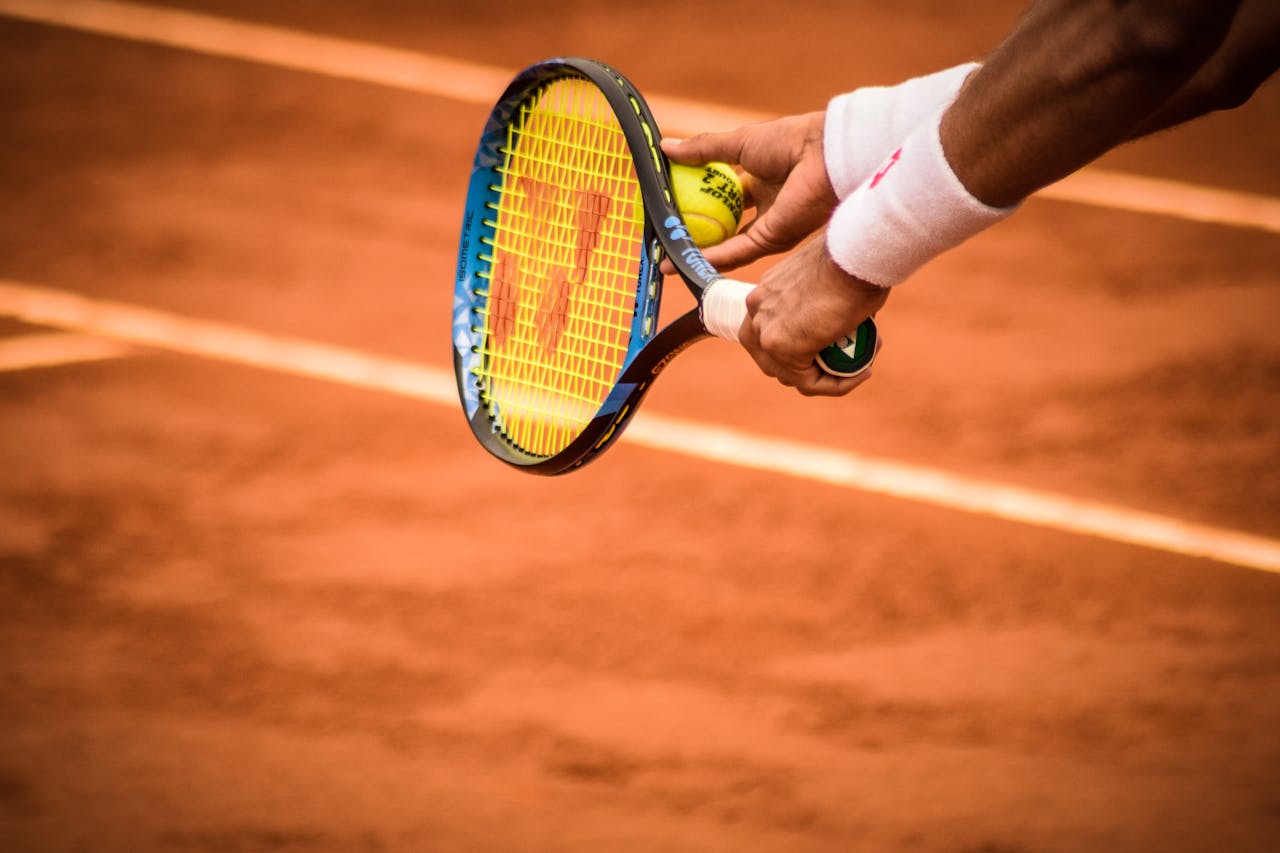Tennis Elbow Isn’t Just for Tennis Players: Understanding Lateral Epicondylitis

July 30, 2025
You don’t need to play tennis to suffer from tennis elbow. In fact, most people who develop this condition have never picked up a racquet. If you’ve noticed pain on the outside of your elbow—especially when lifting, typing, or gripping—you could be dealing with lateral epicondylitis, commonly known as tennis elbow.
The good news? It’s treatable, and the earlier you take action, the better your recovery can be.
What Is Tennis Elbow?
Tennis elbow is a form of overuse injury that affects the tendons on the outside of the elbow. These tendons connect your forearm muscles to the bone. Repeated stress—like gripping, lifting, or twisting motions—can cause tiny tears in the tendon, leading to inflammation and pain.
This condition is most often caused by:
- Repetitive arm and wrist movements
- Poor lifting technique
- Weakness or muscle imbalances
- Work-related tasks (e.g. using tools, typing, or mouse use)
It’s not exclusive to athletes. Office workers, mechanics, tradespeople, parents lifting toddlers, and even gardeners are all susceptible.
Common Signs of Tennis Elbow
- Pain or tenderness on the outer part of your elbow
- Discomfort when gripping, lifting, or carrying
- Weakness in your hand or wrist
- Pain that worsens with repeated use
- Difficulty holding or twisting objects, like a coffee mug or doorknob
These symptoms often build gradually. At first, the pain might only appear during certain tasks—but over time, it can become persistent and limit your ability to work or stay active.
How Hand Therapy Can Help
While rest may reduce symptoms temporarily, targeted hand therapy addresses the root of the problem and promotes long-term healing.
At Hands for Living, we take a structured, individualised approach. Your therapist will assess your symptoms, daily activities, and movement patterns to develop a plan that includes:
- Manual therapy to reduce muscle tension and improve circulation
- Stretching and strengthening exercises for the wrist and forearm
- Postural education to reduce strain during work and hobbies
- Activity modifications to help you heal without completely stopping what you love
- Supportive taping or bracing if needed to protect the tendon during flare-ups
We also help you understand what movements to limit temporarily and which ones to gradually reintroduce.
The Path to Recovery
With early treatment, most people can recover from tennis elbow without surgery. The key is consistency—sticking to the treatment plan, following therapist guidance, and pacing yourself as you heal.
Ignoring the problem or pushing through pain can prolong the issue or lead to further injury. By seeking support early, you’ll reduce downtime and avoid chronic pain.
Let Us Help You Get Back to What You Love
Tennis elbow may be frustrating, but it doesn’t have to be long-lasting. Whether your pain came from a game, a keyboard, or a weekend project, we’re here to help you recover.